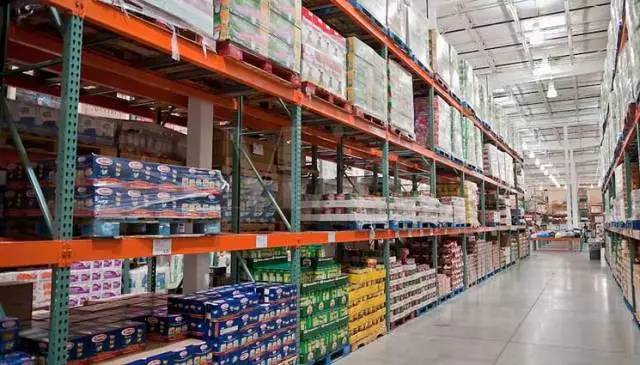Your Guide To Meal Replacements

Meal replacements are portion-controlled, nutritionally-balanced ‘meals’ that help reduce your kilojoule intake, ultimately helping you lose weight. They come in a variety of formulations - including powders, shakes, bars and soups. These partial meal replacements are designed to replace one or two of your daily meals. While they are definitely not a replacement for healthy eating and regular exercise, they can be a useful weight loss tool.
There are risks involved and they are not suitable for everyone, so before starting a meal replacement diet visit your GP and make an appointment to see a dietitian to ensure they are a good option for you. What is the typical nutritional breakdown? Generally, meal replacement products are made with skim milk powder. They are high in protein and fibre to keep you satisfied, very low in fat and most have an energy content of around 800-900kJ per serve. Are meal replacements nutritionally complete?
Partial meal replacements are not generally nutritionally complete. They don’t provide all of the nutrients your body needs to function properly, leaving you at risk of developing vitamin or mineral deficiencies. Your diet should be supervised by your GP or dietitian, who may suggest certain supplements. Depending on the product you choose, your weight-loss goals and the recommendations of your GP or dietitian, you may replace one or two meals per day. Most meal replacement plans require you to eat other foods throughout the day to prevent issues like constipation and dehydration.
For example, The Biggest Loser program recommends you include three snacks such as fruit, vegetables, low-fat yoghurt, nuts or a Biggest Loser Bar, and at least two litres of water a day. Some products are suitable for total meal replacement (three meals per day), but must be recommended and supervised by your GP and dietitian (see 'What about total meal replacements?'). Once you've reached your target weight you need to return to a regular healthy eating plan. To prevent weight re-gain, we recommend visiting a dietitian for individualised dietary advice. Do they work and are they safe?
Meal replacements are not meant to be used forever, however studies have shown them to be safe and more effective over the long-term (up to five years) than most other food-based weight-loss plans. The Weight Management Council Australia states “studies have shown them to be safe and equally as, or in some cases more, effective for weight loss compared with conventional, structured weight loss diets”. Eventually though, you will need to learn how to prepare healthy, balanced meals and include daily exercise to sustain weight loss. Do they have a long shelf-life?
Each product is different, but most will last on your shelves for 3-12 months. Where can I buy them? Partial meal replacements are available in supermarkets (usually in the health food aisle) and some pharmacies. Portion-controlled - so it‘s easier to limit the amount of energy you consume. Usually designed to be filling - meaning you may feel less hungry between meals.
They are quick and convenient, making them easy to fit into your schedule. Most meal replacement programs have online support groups to help you through the weight-loss journey. You don‘t have to worry about planning your meals - the meal choice is made for you. They don’t offer the nutritional benefits of whole foods. Many meal replacements are ‘incomplete’, which may lead to vitamin or mineral deficiencies if left unchecked. They don’t teach you how to create and follow a healthy diet or manage your eating habits once you stop using them.
They lack variety, which can lead to boredom, making you more likely to abandon the program. They can have serious side effects for people with liver or kidney problems and, if you lose weight too quickly, have been linked to gallstones. They may affect certain medications, especially those for diabetes and may cause low blood sugar levels - if you have diabetes, you need to be monitored by your GP and dietitian.
Who do they suit? Who don’t they suit? What about total meal replacements? Total meal replacement programs or Very Low Calorie Diets (VLCDs) - where all meals are replaced with a shake, bar or soup - work by restricting your carbohydrate intake, causing your body to burn fat stores for ‘fuel’.
This process, called ketosis, helps reduce appetite and prevents the loss of lean muscle tissue. For the first three days or so, you may experience fatigue, hunger, headaches, lack of concentration and nausea. Other side effects may include sensitivity to cold, temporary hair loss, fatigue, diarrhoea, constipation, irritability, bad breath and menstrual disturbances. These types of regimes must be supervised by your GP and dietitian since regular medical check-ups, medication changes, blood tests and counselling are required - especially if you have existing health issues such as diabetes.
0 Response to "Your Guide To Meal Replacements"
Post a Comment